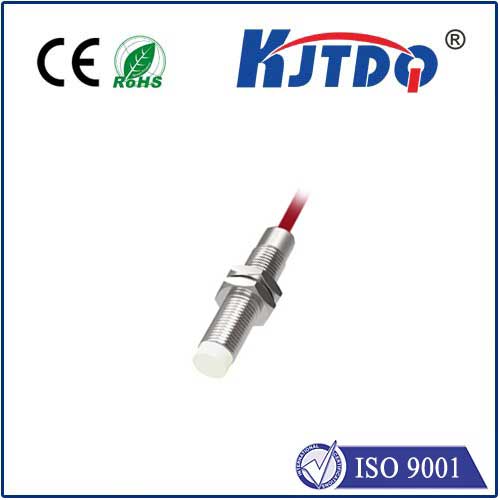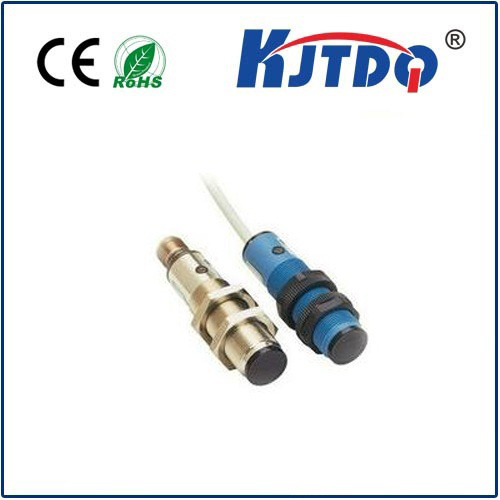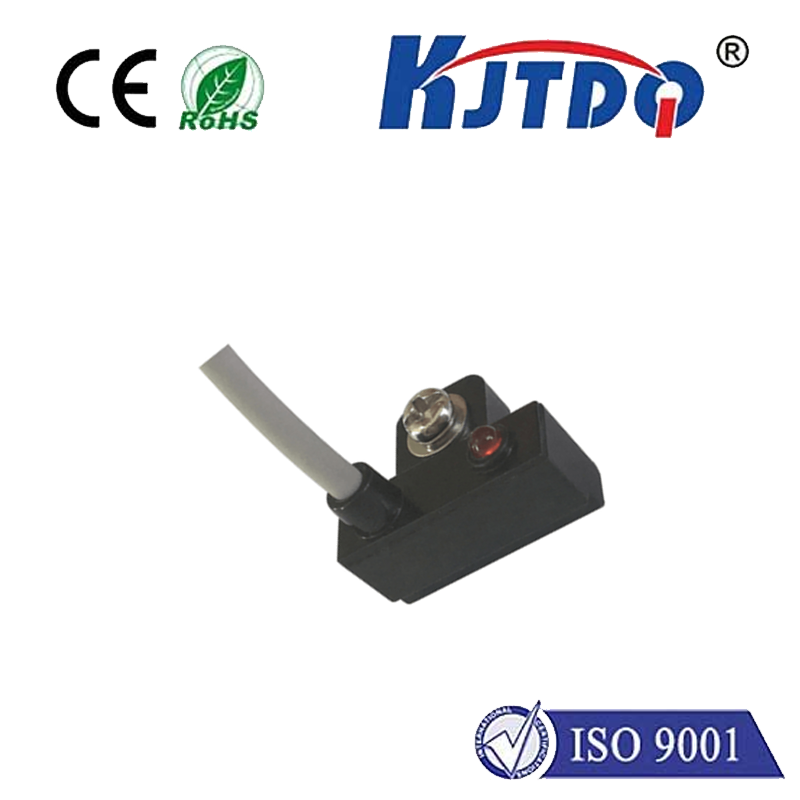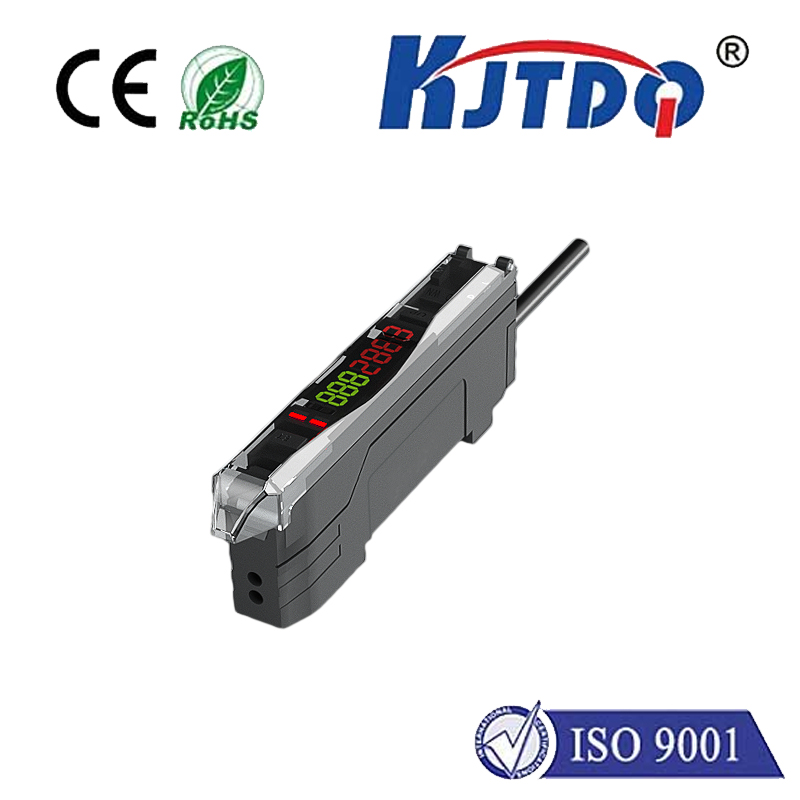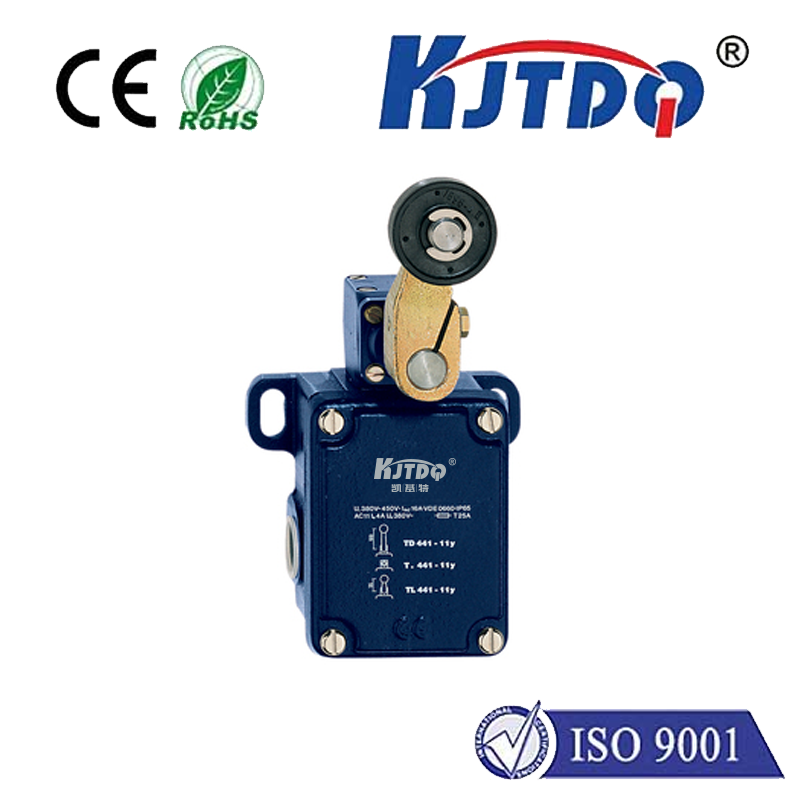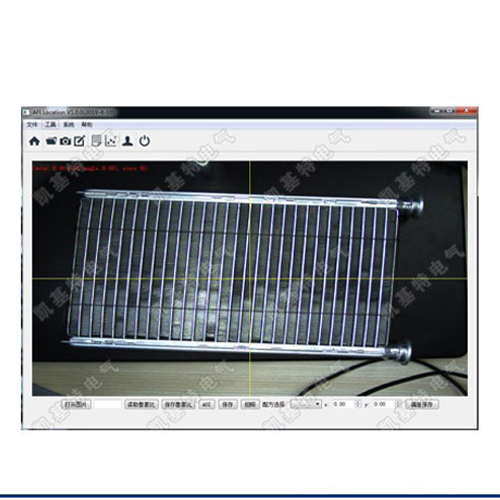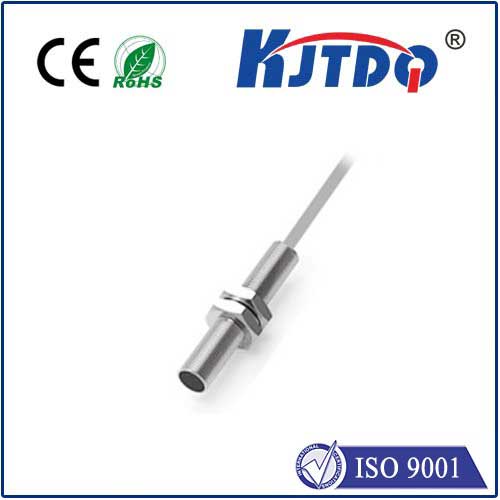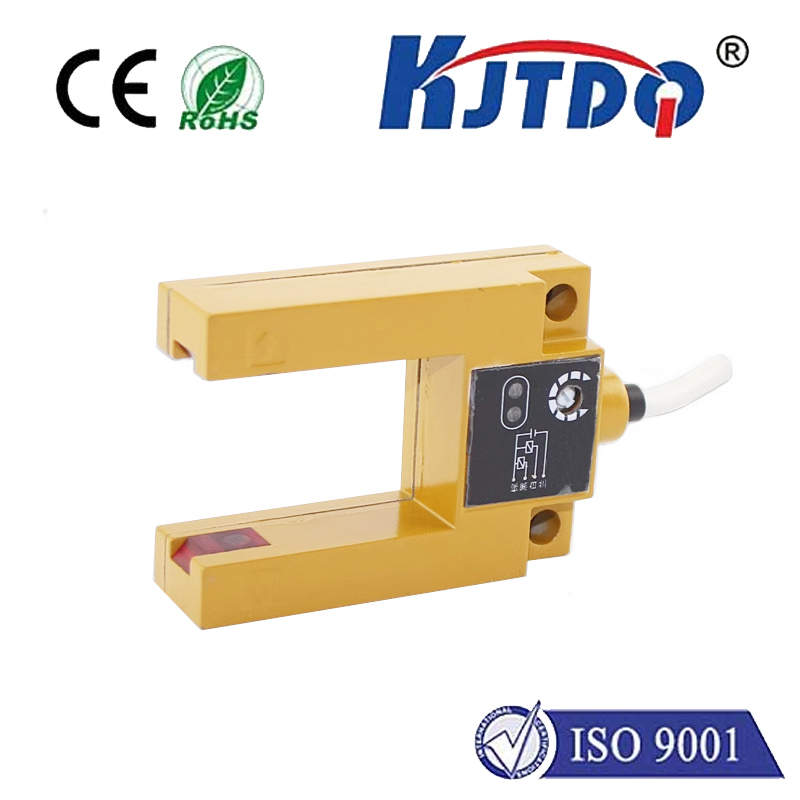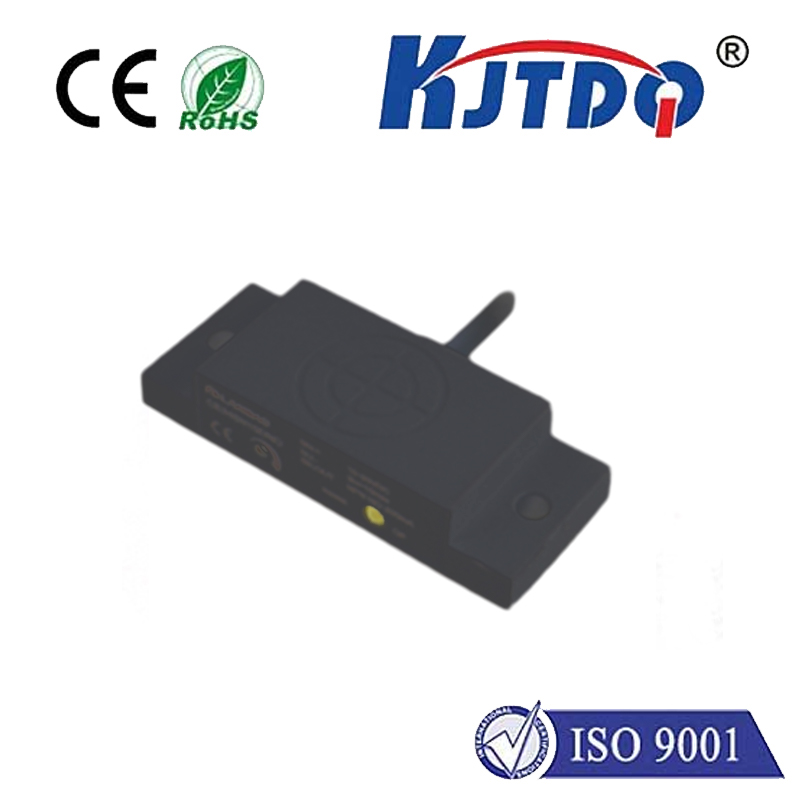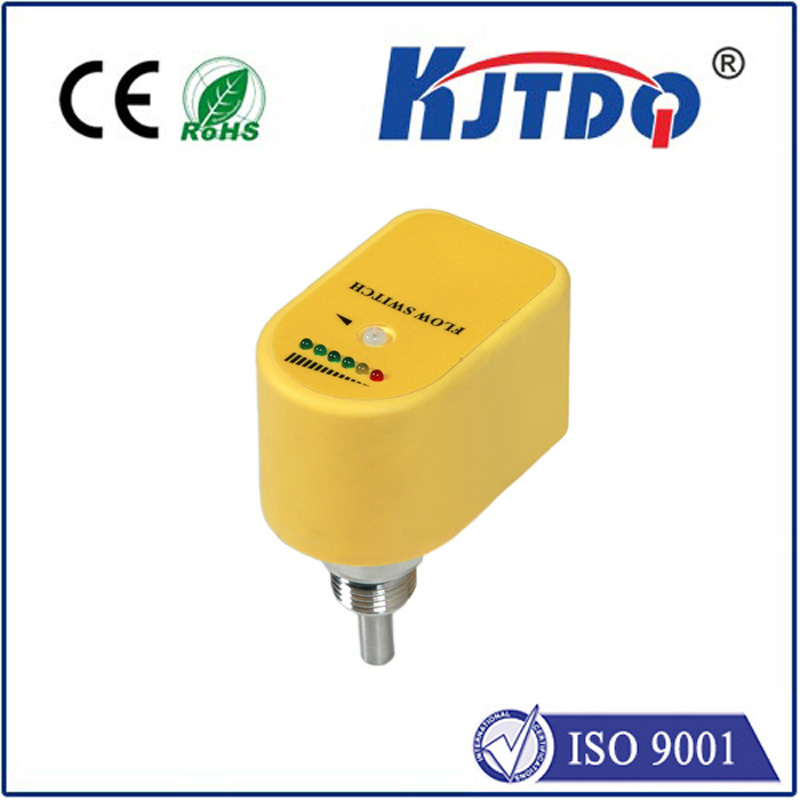Have you ever marveled at your smartphone screen dimming when held to your ear, or a factory robot arm smoothly halting inches from an object it shouldn’t touch? This unseen magic is orchestrated by proximity sensors – the silent guardians enabling non-contact detection across countless industries. As automation surges and user interfaces become more intuitive, understanding the diverse landscape of proximity sensor types is crucial. Each technology offers unique strengths, tailored detection ranges, and specific suitability for various materials and environments, making the selection process pivotal for optimal performance. This exploration cuts through the complexity, providing a clear roadmap to the major sensor categories defining modern innovation.
Inductive Proximity Sensors: The Metal Detectors of Industry. Operating on the principle of electromagnetic induction, inductive proximity sensors generate an oscillating electromagnetic field. When a ferrous (iron-based) or non-ferrous (like aluminum or brass) metal target enters this field, it induces tiny eddy currents within the metal. This current draw disrupts the sensor’s oscillation, triggering its output switch. Renowned for their robustness, dust and dirt immunity, and exceptional reliability in harsh industrial environments, they are the undisputed workhorses of manufacturing and heavy machinery. Their detection is typically limited to metallic objects, ranging from a few millimeters to several centimeters. Key advantages include high switching frequencies, resistance to vibration, and sealed housings often rated МП67 or higher, making them ideal for detecting gears, pistons, or conveyor belt components. When your application involves metal object detection in potentially dirty, wet, or oily conditions, inductive sensors are usually the default and most dependable choice.

Capacitive Proximity Sensors: Beyond Just Metal. Mimicking a simple capacitor, capacative proximity sensors generate an electrostatic field between their sensing face (one plate) and the ground (the other plate). Any object – metal, plastic, wood, liquid, powder, or even a human body – entering this field alters its capacitance. The sensor detects this change and switches state. This ability to detect almost any dielectric or conductive material makes capacitive sensors incredibly versatile. They excel in applications like liquid level detection in tanks (through non-metallic walls), presence sensing of plastic bottles on a line, or even enabling touch-sensitive interfaces. While generally offering shorter detection ranges than inductive types for similar sized objects, they can be tuned (often via a potentiometer) to detect materials through barriers or ignore certain environmental factors. This sensitivity also makes them more susceptible to certain interferences like moisture condensation. If your challenge involves detecting non-metallic materials, liquids, grains, or through-container sensing, capacitive proximity sensors provide the necessary flexibility.
Magnetic Proximity Sensors (Reed Switches & Hall Effect): Precision in Position. These sensors detect the presence or change of a magnetic field. Two primary subtypes dominate:
Optical Proximity Sensors (Photoelectric): Seeing the Light. These sensors employ light (visible, infrared, or laser) to detect objects. Light is emitted from a source (LED or laser diode) towards a receiver. Presence is detected by either:
Ultrasonic Proximity Sensors: Sounding Out Distance. Emitting high-frequency sound waves (inaudible to humans) and measuring the time-of-flight for the echo to return, ultrasonic sensors excel at distance measurement and presence detection. They can detect a wide variety of objects regardless of material, color, or transparency (as long as the sound reflects), making them excellent for bulky object detection (pallets, boxes), liquid level sensing (especially difficult, foamy liquids), and presence detection in dusty environments where light-based sensors might struggle. While offering good range (centimeters to several meters) and being unaffected by target color or light conditions, they can be affected by temperature variations (affecting sound speed), air turbulence, and highly absorbent materials. Their response time is also generally slower than optical or inductive sensors due to the sound travel time. They are invaluable in logistics, tank level monitoring, and parking assist systems.
Selecting the Right Technology: It’s All About the Application. The optimal proximity sensor type hinges on answering key questions: What material is the target object (metal, plastic, liquid, human)? What is the required detection range? How harsh is the operating environment (dust, moisture, temperature extremes, chemicals)? What are the size constraints? Is distance measurement needed, or just presence? Is speed (switching frequency) critical? Understanding these factors allows engineers and designers to match the sensor’s strengths to the challenge. Inductive sensors dominate metal detection in factories; capacitive unlocks non-metallic sensing; magnetic ensures long-life position feedback; optical provides long-range and small part detection; ultrasonic handles complex objects and distance measurement reliably. The silent revolution of non-contact detection continues to evolve, but mastering these core proximity sensor types remains fundamental to building smarter, safer, and more responsive systems. Their invisible field interactions truly shape the tangible world around us.
